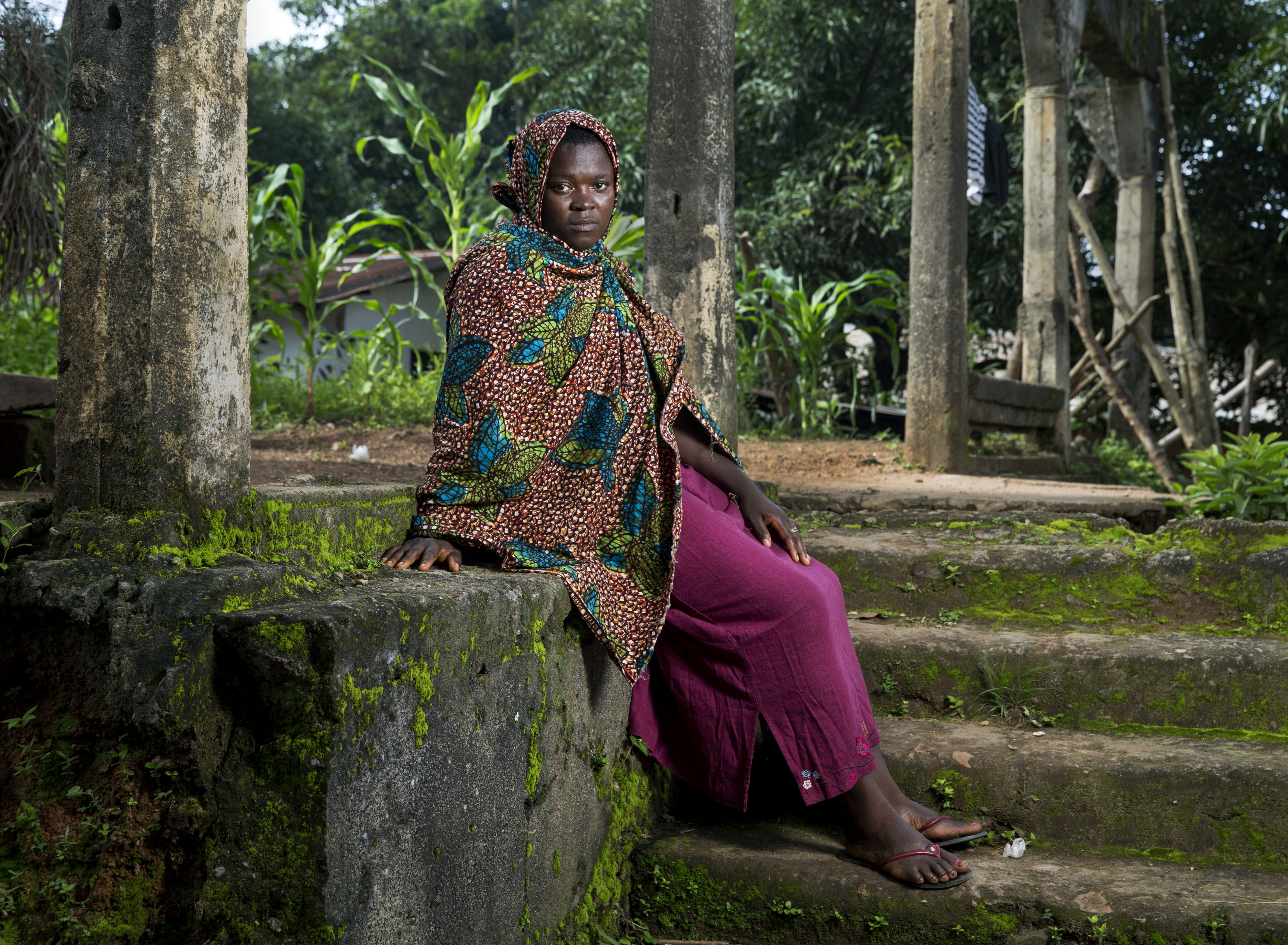
Written by Rachel Redfern.
Trigger Warning: Sexual Assault, Violence
After the viral video Kony 2012, there was a whole slew of renewed interest in the problems of child soldiers–the trauma, abuse and the horrors that accompanies such a twisting of childhood innocence and trust into a weapon all came to light. Eventually, Kony 2012 and its creators fell out of favor with activists, and the continuing problem of child soldiers and its life-long effects on its victims and their communities faded to the background. Unfortunately, to date, there are still over 300,000 child soldiers worldwide with half that number fighting in African conflicts.
There is a surprising and often unspoken fact that over 40 percent of all child soldiers worldwide are girls. The images we normally see of child soldiers always feature young boys stoically gripping an AK4; they rarely feature girls and never show the women these soldiers later become.
Jonathan Torgovnik, South-African based award winning photographer and filmmaker, was drawn to these women’s stories and from them created the short film, Girl Soldier. Girl Soldier features interviews with several ex-child soldiers from the Sierra Leone civil war—women who managed to survive their traumatic history and have now been reintegrated back into their communities.
From 1991-2001 Sierra Leone was the site of a massive civil war that resulted in the death of 50,000 people. Thousands of children were abducted and forced to fight for rebel forces—the atrocity of utilizing children for an armed conflict was doubled by the horrors they were forced to commit.
In the Sierra Leone Civil War, 30 percent of all child soldiers were girls.
Torgovnik spends much of the film with the women recounting their personal experience as child soldiers; this is an unnerving experience for the viewer as well, especially in the easy way that each woman shares the horrific events of her childhood. And for many of the women, their lives as a child soldier didn’t necessarily end with the war; many were left with babies after being impregnated by their captors.
As the end of the film shows, these women were able to deal with the trauma because of their shared experience and the group-counseling sessions organized by shelters and NGOs.
While the beginning of Girl Soldier is a stark reminder of the sickening crimes committed in the name of war, the end of the film covers the sad, but uplifting aftermath. It is inspiring to watch the human ability for forgiveness that these women demonstrate: despite the horrific acts committed against them by their captors, these men now walk free after Sierra Leone’s reconciliation hearings. In order for their country to survive and to have peace, these women had to learn to live with the men who had brutalized them in the first place.
The 2006 film Blood Diamond featured a gritty Leonardo DiCaprio and impassioned Jennifer Connolly against the backdrop of the Sierra Leone civil war; despite its Hollywood origins, Blood Diamond did expose the horrors of child soldiers through the story of Dia. Large-scale Hollywood epics such as these are important, as they bring awareness on a massive level; however, while many of the women in Girl Soldier had similar experiences during the war, the faces, the photos of children and friends, the context of women in their home villages, makes their stories even more horrifying, and ultimately more personal.
To watch Girl Soldier and read an interview with Torgovnik click here.
_____________________________________________
Rachel is a traveler and teacher who spent the last few years living in Asia. Now back in her native California, she focuses on writing about media, culture, and feminism. While a big fan of campy 80s movies and eccentric sci-fi, she’s become a cable acolyte, spending most of her time watching HBO, AMC, and Showtime. For good stories about lions and bungee jumping, as well as rants about sexism and slow drivers, follow her on Twitter at @RachelRedfern2.
